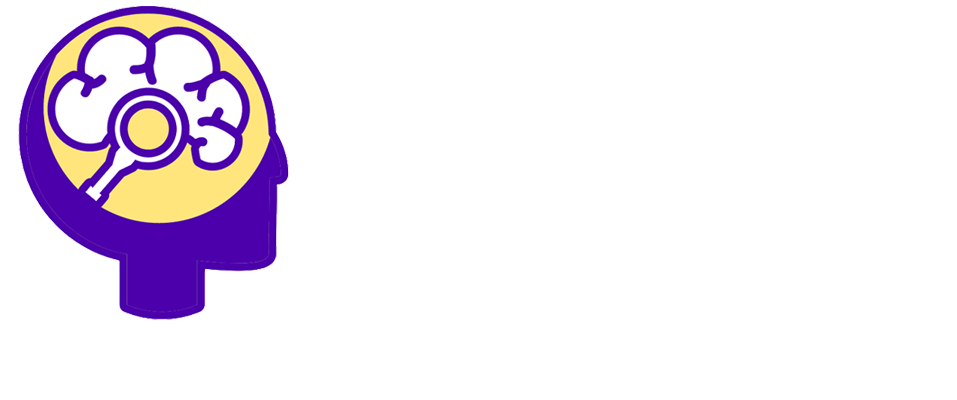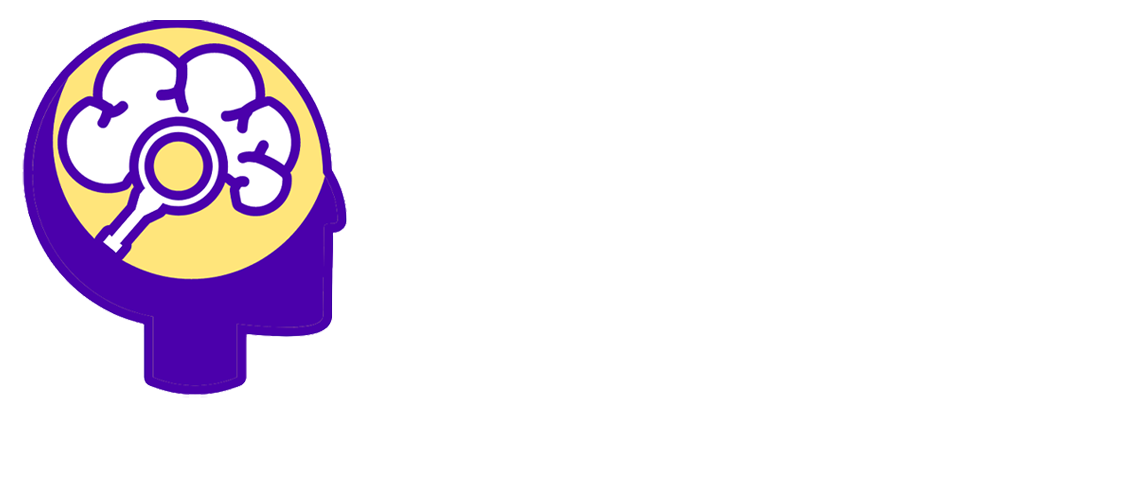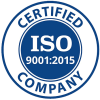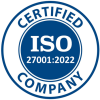The world of work is changing rapidly, and it can be challenging to keep up with emerging trends in the job market. However, staying ahead of the curve is essential if you want to succeed in your career. In this blog post, we’ll explore some of the emerging trends in the job market and provide you with insights on how to stay ahead of the curve. We’ll also share tips on upskilling, reskilling, and adapting to new technologies.
 Remote Work: The COVID-19 pandemic has accelerated the trend towards remote work. Many companies are now offering remote work options to their employees, and this trend is expected to continue in the future.
Gig Economy: The gig economy is proliferating, and more people are choosing to work as freelancers or independent contractors. This trend is expected to continue, and it’s essential to develop the skills needed to succeed in the gig economy.
Automation: Automation is transforming the job market, and machines are now doing many jobs that humans once did. It’s essential to develop skills that are in demand in the age of automation.
Artificial Intelligence: Artificial intelligence is becoming increasingly prevalent in the workplace, and it’s essential to understand how it works and how it can be used to improve productivity.
Remote Work: The COVID-19 pandemic has accelerated the trend towards remote work. Many companies are now offering remote work options to their employees, and this trend is expected to continue in the future.
Gig Economy: The gig economy is proliferating, and more people are choosing to work as freelancers or independent contractors. This trend is expected to continue, and it’s essential to develop the skills needed to succeed in the gig economy.
Automation: Automation is transforming the job market, and machines are now doing many jobs that humans once did. It’s essential to develop skills that are in demand in the age of automation.
Artificial Intelligence: Artificial intelligence is becoming increasingly prevalent in the workplace, and it’s essential to understand how it works and how it can be used to improve productivity.
Emerging Trends in the Job Market
The job market is evolving rapidly, and it’s essential to stay up-to-date with emerging trends. Here are some of the most significant trends that are shaping the future of work: Remote Work: The COVID-19 pandemic has accelerated the trend towards remote work. Many companies are now offering remote work options to their employees, and this trend is expected to continue in the future.
Gig Economy: The gig economy is proliferating, and more people are choosing to work as freelancers or independent contractors. This trend is expected to continue, and it’s essential to develop the skills needed to succeed in the gig economy.
Automation: Automation is transforming the job market, and machines are now doing many jobs that humans once did. It’s essential to develop skills that are in demand in the age of automation.
Artificial Intelligence: Artificial intelligence is becoming increasingly prevalent in the workplace, and it’s essential to understand how it works and how it can be used to improve productivity.
Remote Work: The COVID-19 pandemic has accelerated the trend towards remote work. Many companies are now offering remote work options to their employees, and this trend is expected to continue in the future.
Gig Economy: The gig economy is proliferating, and more people are choosing to work as freelancers or independent contractors. This trend is expected to continue, and it’s essential to develop the skills needed to succeed in the gig economy.
Automation: Automation is transforming the job market, and machines are now doing many jobs that humans once did. It’s essential to develop skills that are in demand in the age of automation.
Artificial Intelligence: Artificial intelligence is becoming increasingly prevalent in the workplace, and it’s essential to understand how it works and how it can be used to improve productivity.



